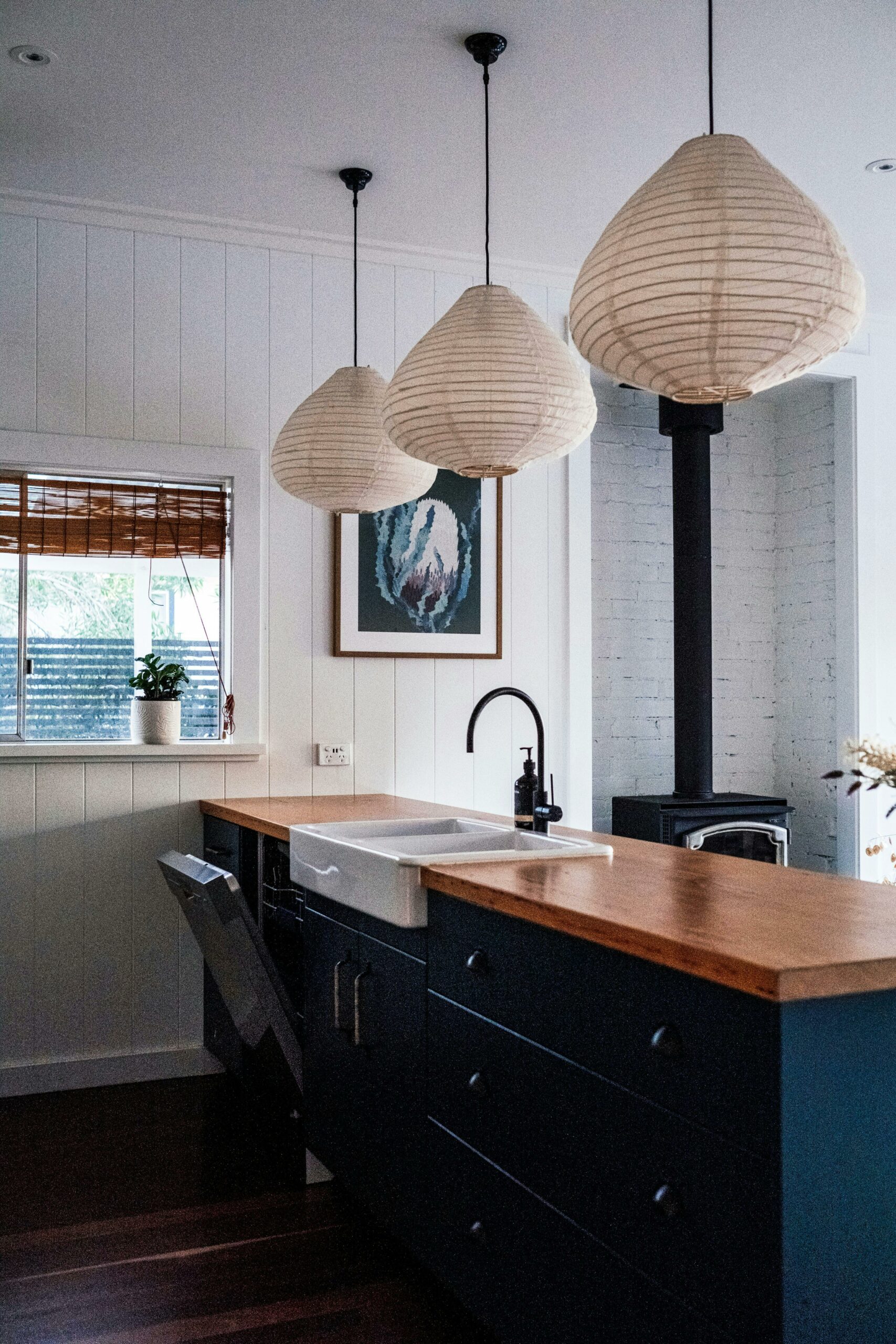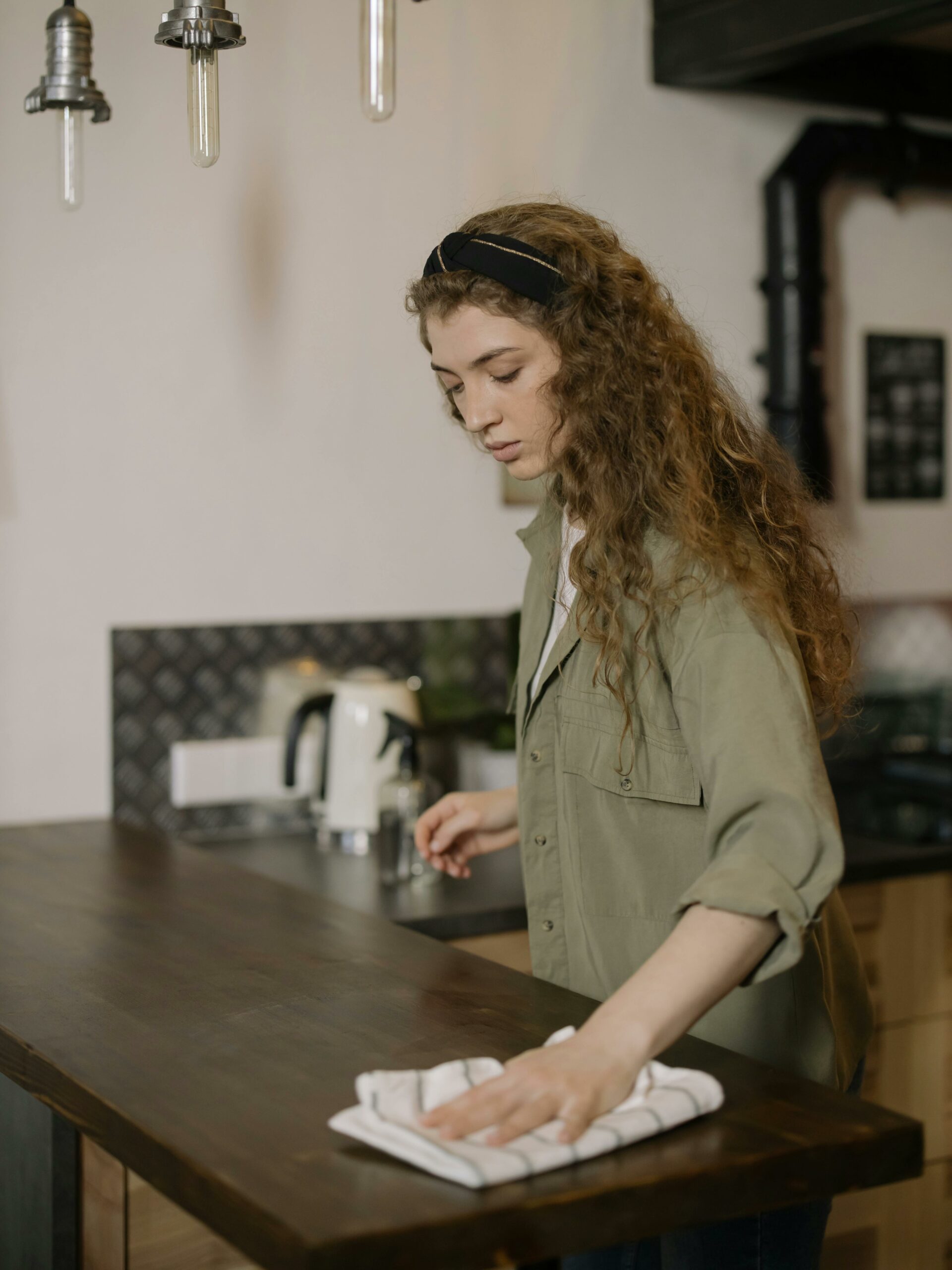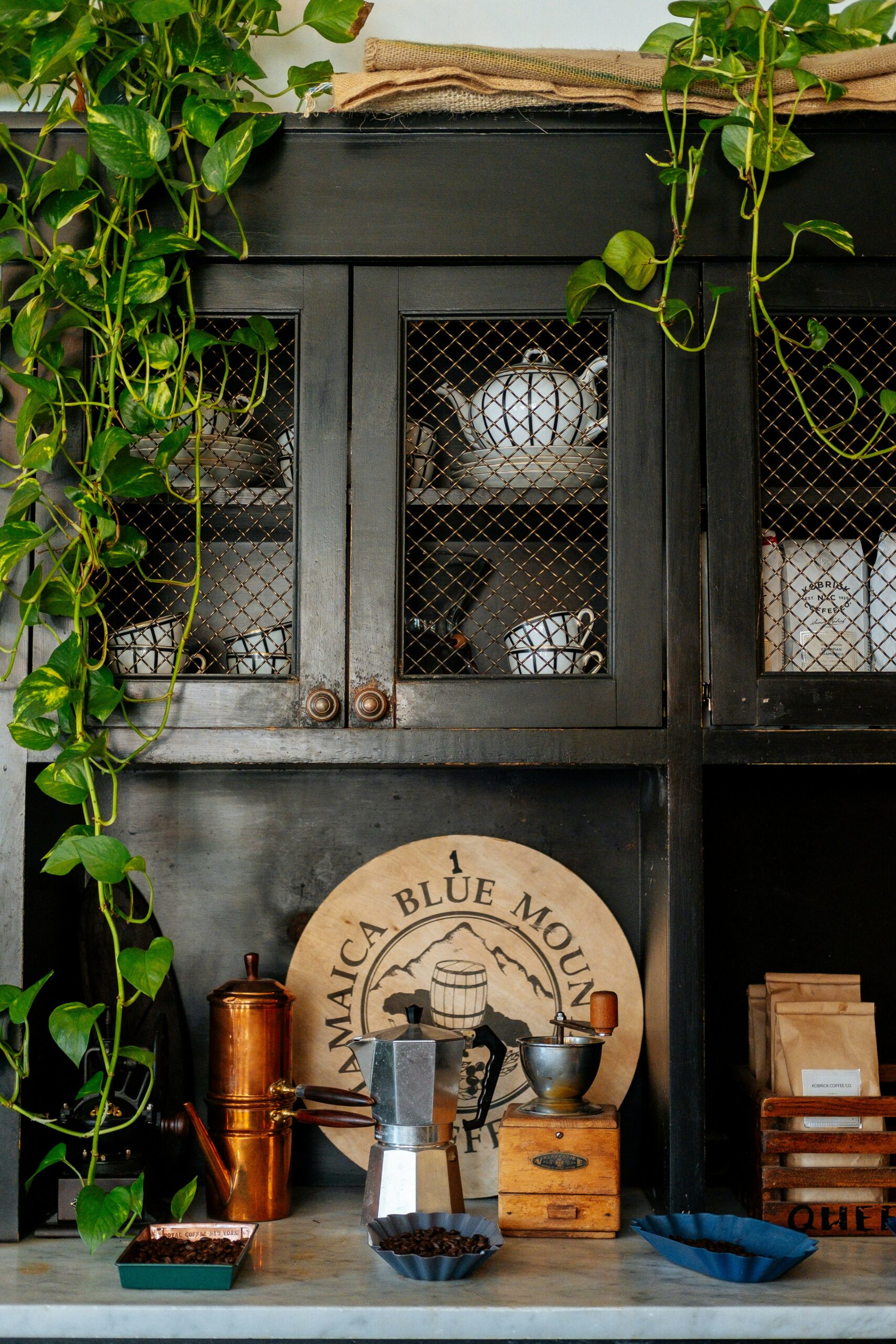If you have come here wondering how to remove rust from bathroom sink, you are in the right place!
Dealing with rust stains on a bathroom sink can be an unwelcome sight for any homeowner.
Rust not only mars the appearance of your sink but also hints at potential underlying issues with your plumbing.
Fortunately, addressing rust doesn’t have to be a daunting task.
With the right techniques and tools, you can effectively banish rust stains and restore the gleam to your bathroom sink.
In this article, we’ll explore tried-and-tested methods for removing rust from your bathroom sink, offering practical solutions to help you reclaim the pristine look of your fixtures.
General Methods for Removing Rust from Bathroom Sinks
Use of commercial rust removers and their effectiveness
When it comes to tackling rust in your bathroom sink, commercial rust removers can be quite handy.
These products are specifically designed to target and dissolve rust, making the process easier for you.
Popular brands like CLR, Iron Out, and Lime-A-Way are known for their effective results.
CLR works by using a powerful combination of acids that break down the rust particles on the surface of your sink.
Iron Out, on the other hand, contains a unique formula that not only removes rust but also prevents future formation.
Lime-A-Way is renowned for its ability to remove tough lime deposits along with rust stains.
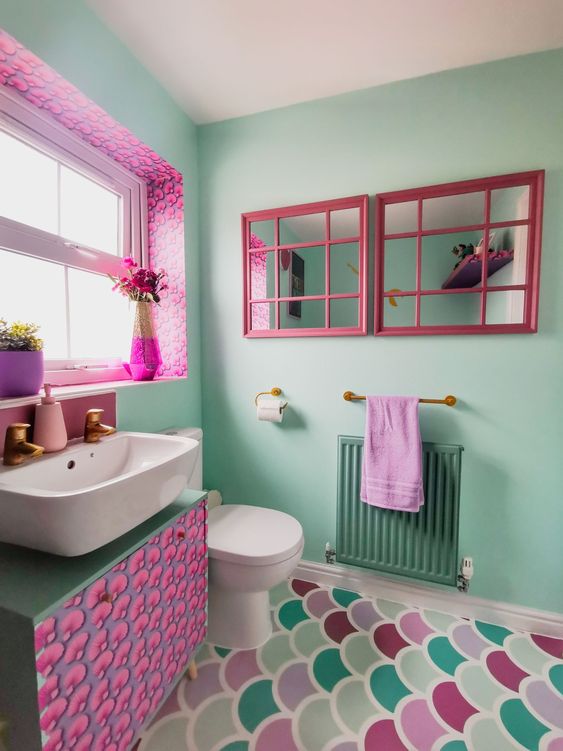
Natural remedies for rust removal
If you prefer a more natural approach or want to avoid harsh chemicals, there are several household items that you can use as effective rust removers.
One such remedy involves using a mixture of lemon juice and salt as a mild abrasive cleaner.
Simply squeeze fresh lemon juice onto the affected areas of your sink and sprinkle some salt over it.
Then, gently scrub with a soft cloth or sponge until the rust starts to lift off.
Lemon juice contains citric acid which acts as a natural oxidizing agent that breaks down the iron oxide present in the rust.
Another natural method is using vinegar as a solution to dissolve stubborn rust stains.
Vinegar has acetic acid properties that help loosen and remove lingering rust particles from surfaces like sinks.
To use this technique, soak a clean cloth or paper towel in white vinegar and place it directly on top of the rusty areas for about 30 minutes or even overnight if necessary.
Once soaked thoroughly, gently scrub the surface with a soft brush or sponge, and watch as the rust disappears.
Remember to rinse the sink thoroughly afterward to remove any vinegar residue.
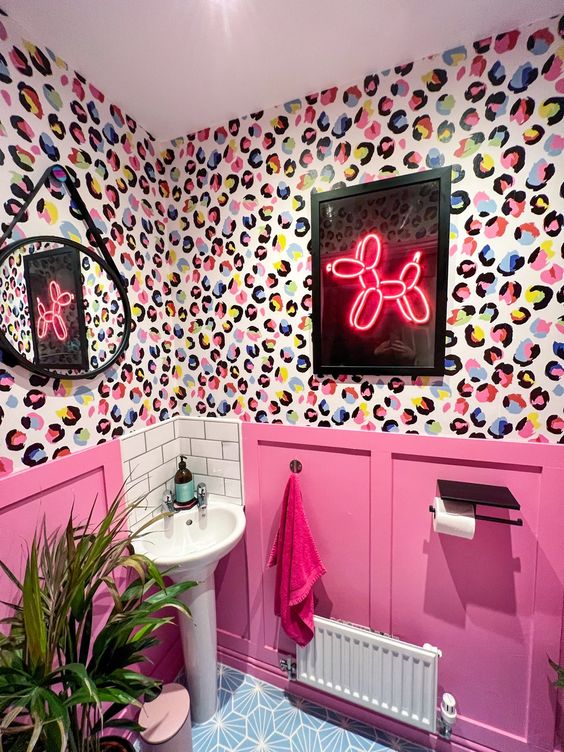
Specific Techniques for Rust Removal Based on Sink Material
Porcelain or Ceramic Sinks
When dealing with rust on porcelain or ceramic sinks, it’s vital to be gentle to avoid scratching the surface.
A simple yet effective method is using a baking soda paste. Mix baking soda with water until it forms a thick paste.
Then, apply the paste to the rusted areas and gently scrub with a soft cloth or sponge.
The mild abrasive properties of baking soda will help lift the rust without causing any damage.
For stubborn rust spots that refuse to budge, hydrogen peroxide can come to the rescue. Soak a cotton ball in hydrogen peroxide and place it directly on the rusted area.
Allow it to sit for about 10-15 minutes, ensuring it stays moist by adding more hydrogen peroxide as needed.
The peroxide will penetrate and break down the rust, making it easier to wipe away.
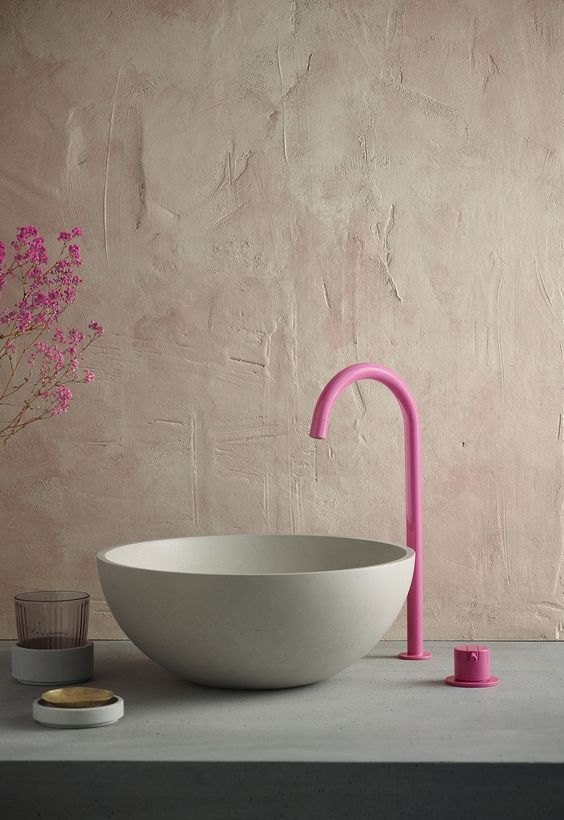
Stainless Steel Sinks
Stainless steel sinks are known for their durability and resistance to corrosion but can still fall victim to unsightly rust stains.
To avoid scratching the stainless steel surface while removing rust, opt for non-abrasive cleaners such as baking soda or mild dish soap mixed with warm water.
Apply this solution generously onto a soft cloth or sponge and gently scrub away at the rusty areas.
If you’re faced with stubborn rust stains that won’t go away easily, try creating a paste using cream of tartar and hydrogen peroxide.
Combine equal parts of both ingredients until you achieve a thick consistency.
Apply this paste onto the affected areas and let it sit for approximately 30 minutes before rinsing thoroughly.
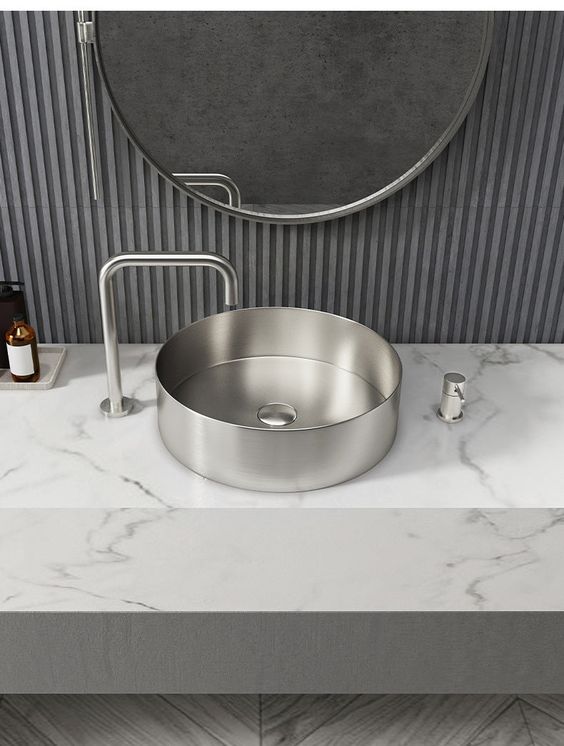
Cast Iron or Enamel-Coated Sinks
Rust removal from cast iron or enamel-coated sinks requires special care due to their delicate surfaces.
Start by preparing a mixture of vinegar and borax.
Spread the mixture over the rusted areas and let it sit for about an hour.
The acidic nature of vinegar combined with the abrasive properties of borax will help dissolve and lift the rust.
Afterward, gently scrub the rusted spots with a soft brush or sponge.
For enamel surfaces that are excessively stained with rust, consider using a commercial iron stain remover specifically designed for such sinks.
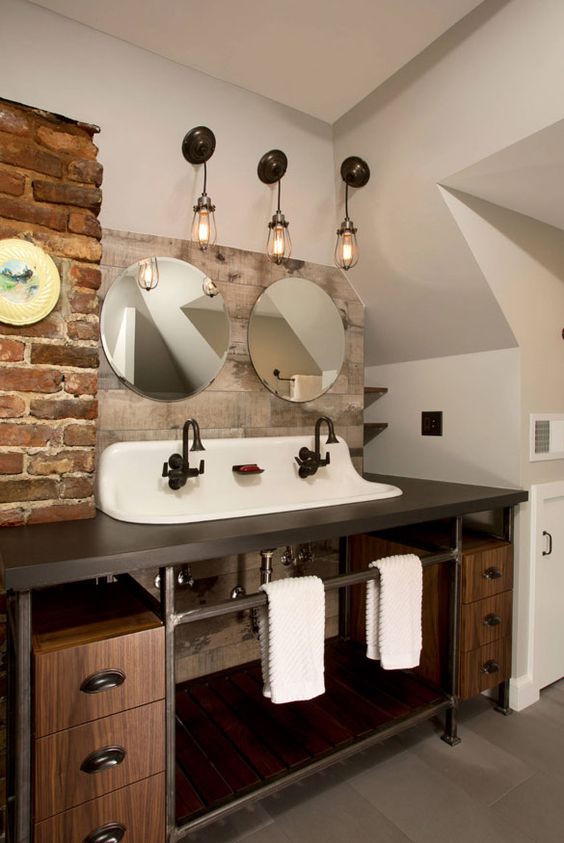
Conclusion
In conclusion, tackling rust stains on a bathroom sink is a manageable task with the right approach and tools at hand.
Remember to prioritize safety measures and choose appropriate cleaning agents to safeguard both your sink and yourself.
Whether using natural remedies or commercial products, persistence and attention to detail are key to achieving optimal results.
With dedication and care, you can bid farewell to rust and enjoy a sparkling, rust-free bathroom sink for years to come.

